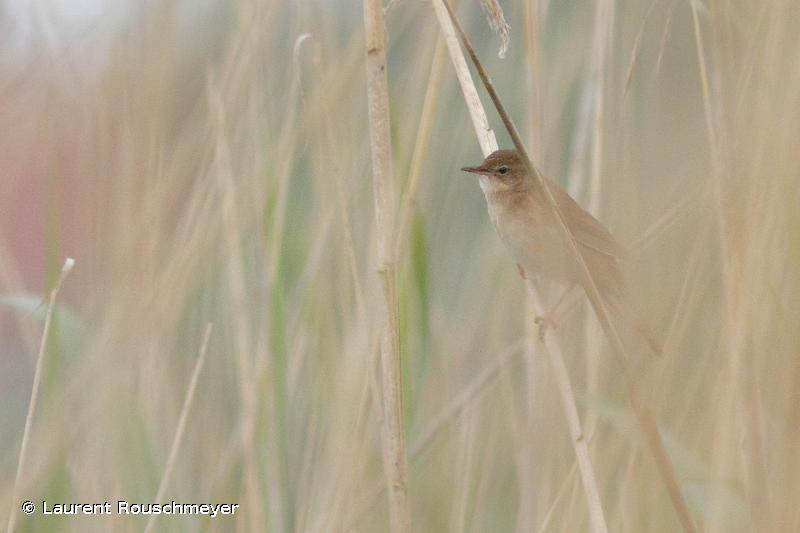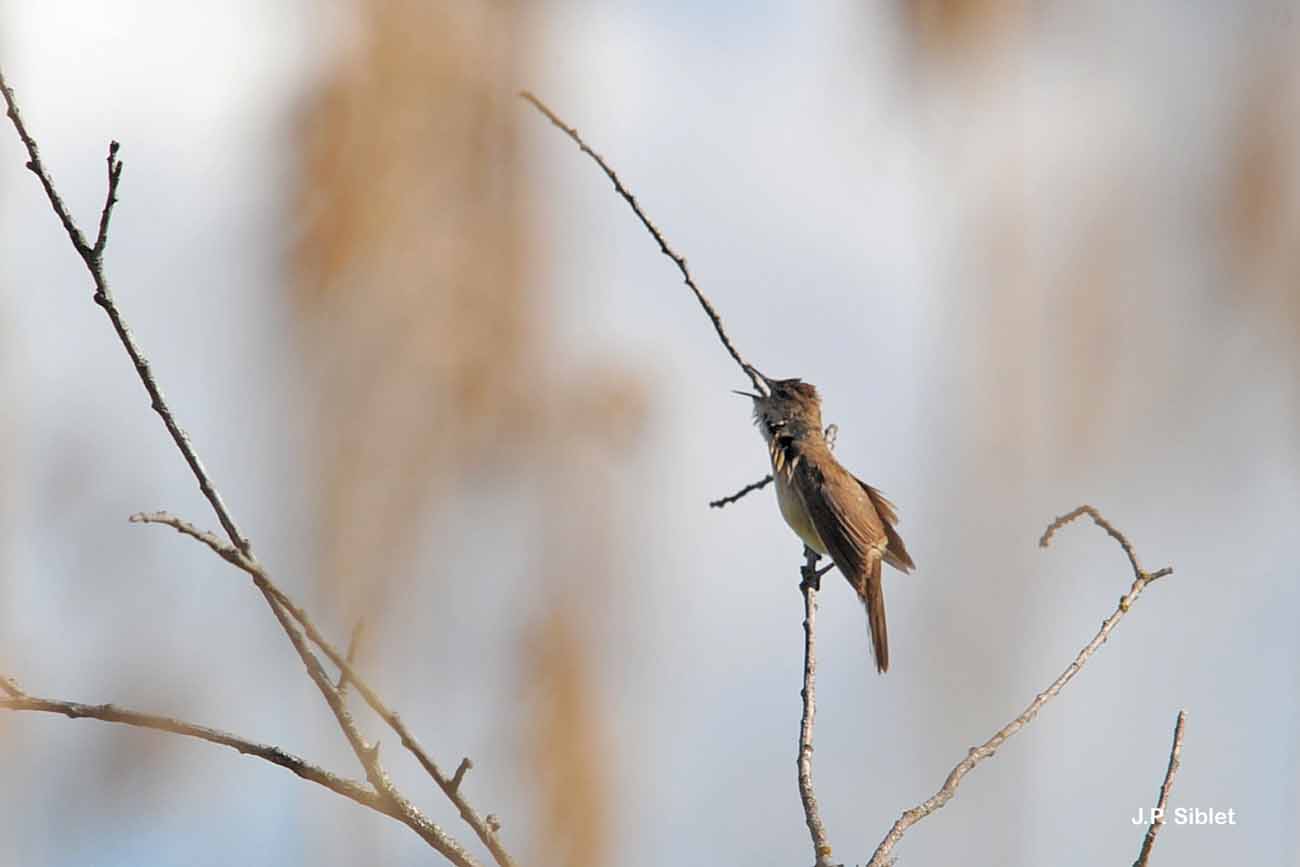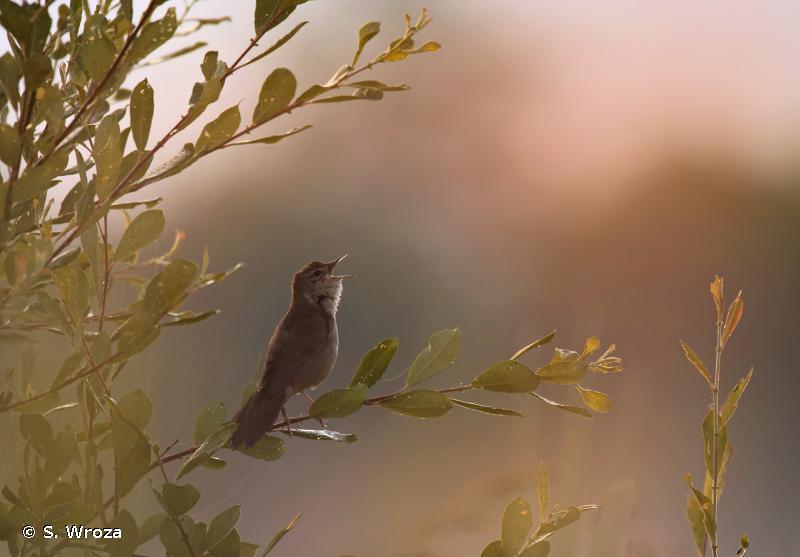
cd_nom

| Author : Laurent Rouschmeyer |
 |
To get the picture, please visit:
Laurent Rouschmeyer
email : inpn@mnhn.fr
Despite the Creative Commons license, please inform the author of the use which will be made of his photo

| Author : Laurent Rouschmeyer |
 |
To get the picture, please visit:
Laurent Rouschmeyer
email : inpn@mnhn.fr
Despite the Creative Commons license, please inform the author of the use which will be made of his photo

| Author : J.P. Siblet |
 |
To get the picture, please visit:
Jean-Philippe SIBLET
Muséum national d'Histoire naturelle - Service du Patrimoine Naturel
36 rue Geoffroy Saint-Hilaire
CP 41
75 231 PARIS CEDEX 05
e-mail : inpn@mnhn.fr
Despite the Creative Commons license, please inform the author of the use which will be made of his photo

| Author : S. Wroza |
 |
Despite the Creative Commons license, please inform the author of the use which will be made of his photo
Taille/poids :
Longueur totale : 14 cm. Poids : 11 à 20 g.
Diagnose :
La Locustelle luscinioïde a un plumage assez terne, brun roux uniforme dans toutes les parties dorsales, blanchâtre pour la gorge et le cou et beige pour la partie ventrale. La tête est allongée et la queue est large et arrondie.
Détermination :
Moyennement difficile.
Espèces proches :
Pour une oreille exercée, la stridulation de la luscinoïde est caractéristique, plus grave que celle de la Locustelle tachetée. Des confusions sont possibles avec d'autres espèces au plumage de coloration uniforme, qui sont toutefois de plus faible taille : la Rousserolle effarvatte Acrocephalus scirpaceus et la Bouscarle de Cetti Cettia cetti.
Période d'observation :
Avril à septembre.
Biologie-éthologie :
Insectivore stricte, la Locustelle luscinioïde se nourrit d'adultes et de larves d'arthropodes qu'elle recherche au pied de la végétation dense ou dans des secteurs dégagés au sol ou à la surface de l'eau.
Biogéographie et écologie :
La Locustelle luscinioïde se reproduit de l'Afrique du nord-ouest jusqu'aux pays Baltes et du Portugal aux rives de la Volga, mais c'est surtout entre 45° et 55° de latitude nord que se trouvent les principales zones de nidification. L'espèce colonise les grandes roselières, les formations à grandes laîches et les zones à massettes.
Compilé par J. Comolet-Tirman à partir des Cahiers d’habitats.(UMS 2006 Patrimoine Naturel (AFB / CNRS / MNHN)),2017
Continental
Metropolitan France
Overseas
Marine
Metropolitan France
Overseas
The map presents a summary at the 10 x 10 km grid of the observation data for the species transmitted to the SINP. These data have been subjected to validation filters.
The map presents a reference distribution layer of the species at the scale of departments and marine sectors. The presence and absence data were established by expertise within a network of partners. This reference distribution is used in the validation process of the SINP data at the INPN level.
Corresponds to a report on the basis of at least one observation proved within a period of 10 years (20 years for little-known invertebrates) preceding the year and no presumption of extinction since obtaining the last data nor doubt on reproductive and implemented nature of this population. For migratory species, the presence indicated concerns areas of reproduction.
This status is based on one or more of the following criteria:
This point covers the absence, more difficult by nature to demonstrate than presence. This status is based on one or more of the following criteria:
This status must be assigned to a department in which the presence of the species is casual.
Particular case of absence due to a proven extinction less than a half century ago (older disappearances are treated as "no probable or definite").
In the state of knowledge, we can not comment on the presence or absence in the current department. This is the default status when not comprised in one of the previous categories or whenever there is doubt.
The map shows the global distribution of the species based on GBIF data (Global Biodiversity Information Facility).
